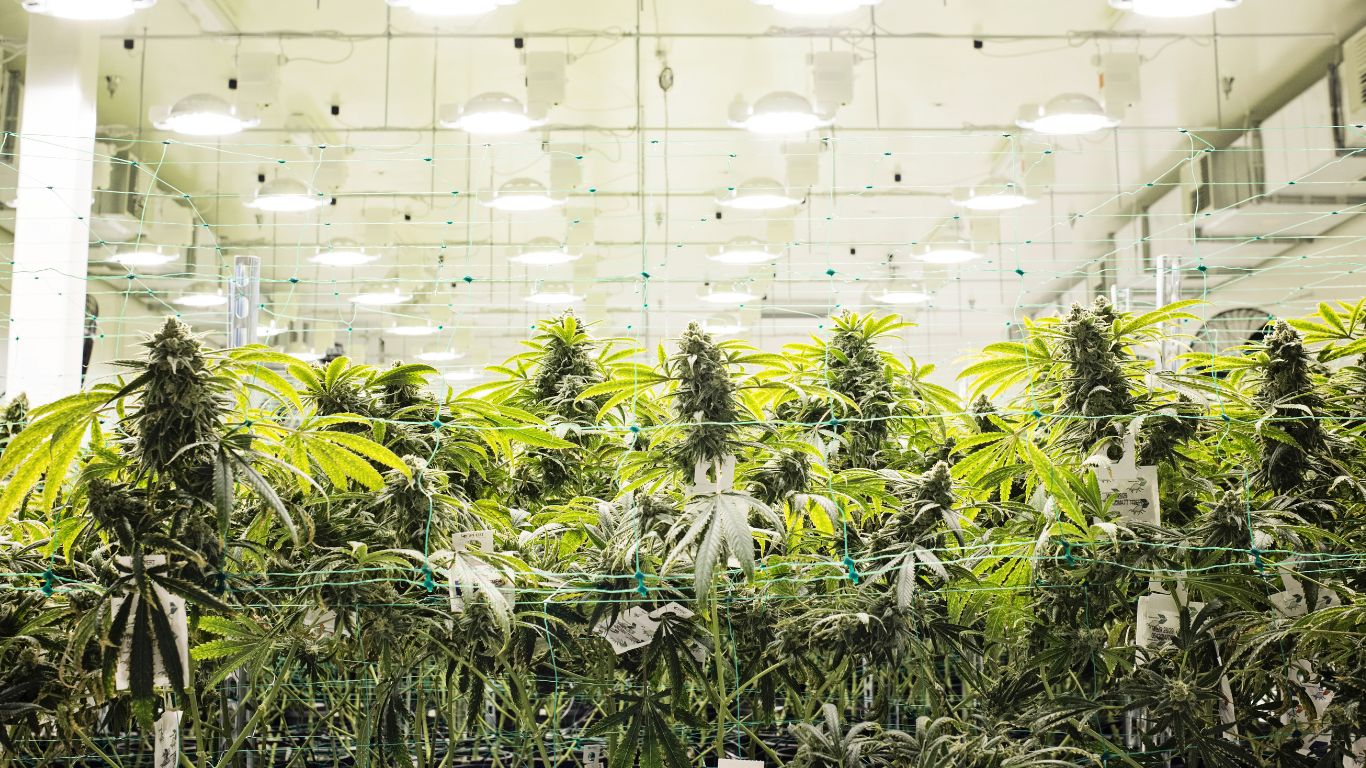New research from a group in California says the lack of information on greenhouse gas emissions from cannabis production in the US makes it difficult to understand the industry’s impact on climate change.
The report, published in the sustainability journal One Earth and prepared by Evan Mills, Principal of Energy Associates, a California-based energy and environmental consultancy, highlights the impact of energy-intensive indoor cannabis production.
The lack of greenhouse gas emissions inventories in the US creates a serious information vacuum, argues the report, especially as the cannabis industry in the US, both legal and illegal, continues to evolve and expand.
Available data on industry-wide emissions (split fairly evenly between legal and illegal) shows the equivalent of around 10 million cars or six million homes. The total annual energy consumed is comparable to all other crop production in the US, four times that of the pharmaceutical and medicine or beverage and tobacco industries, or one-third that of data centers, and half again greater than cryptocurrency mining.
Aggregate greenhouse gas emissions from the US cannabis industry reached around 44 Megatonnes of CO2e/year in 2023, which represented 1% of total national emissions from all sectors of the economy and corresponds to an annual energy expenditure of about $11 billion.
The author argues these emissions could at least partially be addressed through comprehensive legalization in the US, as well as a shift to outdoor production, decarbonization initiatives, increased transport efficiencies, and improved waste management practices.
The paper also notes that measured emissions of potentially unhealthful volatile organic compounds in urban areas from cannabis production can be a problem, especially in high population areas with a large number of indoor production facilities.
Such research is not new. Other reports in recent years have highlighted similar concerns with the energy-intensive needs of most indoor cannabis production, with electricity needed to power not only indoor lighting, but often extensive cooling systems.
In 2023, Metro Vancouver paused its efforts at regulating Volatile Organic Compounds from cannabis production sites, both indoor and outdoor.
A 2024 investigation, led by a researcher at McGill University in Ontario, examined the “global warming potential” (GWP) of indoor cannabis operations in Canada, calculated on a kg CO2 per kg of dried cannabis flower basis. This study is the first to compare American numbers with the Canadian industry.
BC was found to be the most efficient province for growing cannabis due to milder climates and a less polluting electrical grid. In comparison, Alberta was found to be the province with the highest GWP, given its colder climate and more emissions from the power grid used to keep those grow rooms temperature-controlled.
Indoor cannabis operations in colder locations have a higher GWP primarily because of the increased need for natural gas-powered heating, which can account for half of the facility’s GWP. Cannabis grown outdoors can be six to ten times less carbon-intensive than indoor cannabis and can reduce those impacts by 90%.
However, the researchers’ assumptions that electrical grid efficiency would be a strong determinant of the GWP of cannabis production were incorrect, as the climate itself was a factor in how much energy was needed. In more humid climates, for example, more power is required to manage that humidity through the growing and drying/curing process, leading to higher GWP.
New research from a group in California says the lack of information on greenhouse gas emissions from cannabis production in the US makes it difficult… Read More


